Moving to France: the top 5 and the complete guide not to be missed! Third economic power and European level, sixth in the world rankings, France is one of the most popular destinations for all those who want to spend holidays of relaxation, art and food and wine. But there are those who want ...
Advantages and disadvantages of straw-bale construction
Advantages and disadvantages of straw-bale construction
Green construction projects in Europe
Straw bales are a very cheap, highly insulating – from noise, cold and hot weather – and environment-friendly building material. They are used as structural elements in “green” construction projects due to the renewable nature of straw. Straw bales do not trap dampness in the house; on the contrary, they distribute it uniformly in the rooms. Furthermore, if the plan is carried out well, it is not necessary to apply to particularly skilled labour to build a straw-bale house.
The structural frame of bale buildings is made of lumber or timber. A skeletal framework of wood or metal may be included in order to allow the erection of a roof before raising the bales. This may help protecting the bale wall during the building process.
What are the risks? The risk of fire is equal to any other building material due to the plaster and the high level of compression of straw that reduces the oxygen that is necessary for combustion and for the propagation of flames. The static resistance of straw-blocks is absolutely adequate, rather, they have a higher elasticity in comparison with cement, bricks or stone; consequently, they are less dangerous in case of earth tremor. One of the disadvantages is the susceptibility of straw to rot. How long can a straw-bale house last for? Nobody knows that for certain, but it can surely last for at least a century, as there are some straw houses that were built more than one hundred years ago and are still in perfect health. A pre-compressed bale assumes the same characteristics of wood. What surprises in a straw-bale house is that it can look like a normal brick house.
The German association for straw-bale houses adapted the story of the three little pigs and gave it a very different end: the little pig that built his house with bricks was freezing to death, the little pig that constructed his house with wood spent a lot of money to build it, the third little pig that built his house with straw saw it was very cheap and that it provided comfortable temperatures; therefore, he was the happiest of the three little pigs!
Straw-bale buildings grant a high energy-efficiency thanks to the mass of straw and plaster coating that takes hours to warm up or cool down.
Straw-bale construction is particularly developed in Austria – think about the S-House – and Germany. There are firms specialised in the sale of straw-blocks both in these countries. In Spain, most of straw-bale houses are located in Andalucía, Galicia and Cataluña. Italy is also starting showing interest in this building method.
For more news, we invite you to read our real estate news.
Read also.
Related Insights
-
Moving to France: the top 5 and the complete guide not to be missed!
-
Advantages and disadvantages of straw-bale construction
Advantages and disadvantages of straw-bale construction Green construction projects in Europe Straw bales are a very cheap, highly insulating – from noise, cold and hot weather – and environment-friendly building material. They are used as structural elements in “green” construction projects d ...
-
Transform a dark house into a bright dwelling
Transform a dark house into a bright dwelling Tips for house sellers Home sellers very often wonder what they can do to improve the way their home for sale looks to buyers. Of course there are some tips home owners can follow to improve the image of the house and attract the interest of potent ...
-
Castles for sale in France
Castles for sale in France Enchanting residences keep being sold in France Castles in France have always been present in the romantic dreams of those who would like to live their lives in a quiet prestige residence surrounded by lovely forests and enchanting landscapes. France is full of lu ...
-
Prices keep rising in Paris
Prices keep rising in Paris Homes cost 8344 euros per square metre in the French capital city Real estate prices rose by 7.4% in France in the first semester of 2011, in comparison with the same period of 2010. The 17.9% increase reported in Paris is said to have contributed to the price ...
Real Estate Listings
For sale 1 Bedroom, Austria, Kärnten, Badkleinkirchheim, wiedweg, 37

For sale
1 Bedroom
34 m²
For sale Hotel, Austria, Salzburg, Sankt Michael im Lungau, Stranach 128 in 5582 Sankt Michael im Lungau
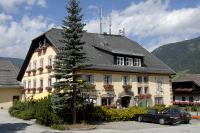
For sale
Hotel
1115 m²
For sale House, Austria, Spittal, Bad Kleinkirchheim, lindenweg
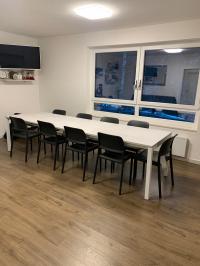
For sale
House
300 m²
For sale 4 Bedrooms, Austria, Niederösterreich, Pixendorf, Sonnenblumenstrasse 20
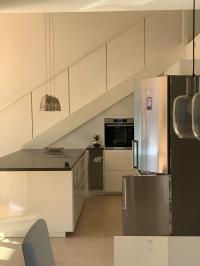
For sale
4 Bedrooms
115 m²
For sale 3 Bedrooms, Austria, Kärnten, Klagenfurt, Birkengrund
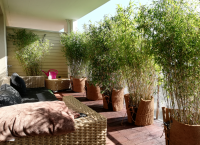
For sale
3 Bedrooms
78 m²
For sale Hotel, Austria, Salzburg, Ramingstein, Ramingstein 62, Ramingstein 5591
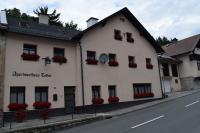
For sale
Hotel
400 m²
For sale Hotel, Austria, Salzburg, Wald im Pinzgau, Lahn 71
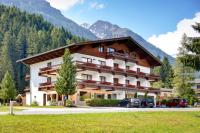
For sale
Hotel
3500 m²
For sale Terraced House, Austria, Kärnten, Klagenfurt, Ratzendorf 20b
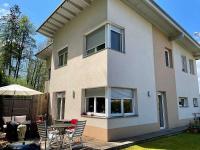
For sale
Terraced House
100 m²

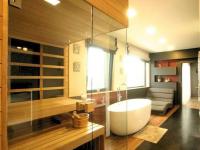
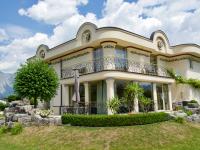
 Buy&Go Real estate
Buy&Go Real estate